
Response Letters for Consensus Papers - Academic Response Assistant

Welcome to your academic response letter assistant.
Streamline Your Academic Responses with AI
Generate a professional response to a journal reviewer's comment about...
Draft a detailed explanation for the revision of...
Compose a respectful rebuttal addressing the reviewer's concern on...
Formulate a response to the editor highlighting the improvements made in...
Get Embed Code
Introduction to Response Letters for Consensus Papers
Response Letters for Consensus Papers is designed to assist academic researchers and authors in addressing feedback from journal editors and peer reviewers during the manuscript submission process. The primary purpose is to guide users in crafting comprehensive and articulate responses to the comments and suggestions provided on their submitted papers, especially when revisions are requested. This tool is particularly useful when a manuscript has undergone peer review and the authors are required to make revisions based on the feedback received. An example scenario is when an academic paper on 'Fairness Enhancement of UAV Systems with Hybrid Active-Passive RIS' receives major revision suggestions from reviewers, focusing on aspects like the motivation, contribution, analysis support for results, and clarity of certain sections or formulas. The tool would help the authors systematically address each comment, ensuring that the response is well-structured, addresses all concerns raised, and is persuasive enough to meet the journal's standards for reconsideration. Powered by ChatGPT-4o。

Main Functions of Response Letters for Consensus Papers
Systematic Comment Addressing
Example
For instance, if a reviewer questions the channel model used in a study, the tool can help the author draft a response that not only cites the appropriate references but also explains why that particular model was chosen, adding depth and justification to the response.
Scenario
This function is applied when authors receive specific technical inquiries or requests for clarification on their methodologies, results, or data interpretation.
Manuscript Revision Guidance
Example
When reviewers suggest enhancements in the simulation results for better clarity or validation, the tool guides the authors on how to revise their manuscript, perhaps by suggesting the inclusion of additional data, graphs, or a clearer explanation of the results.
Scenario
Useful in situations where the feedback points towards the need for more comprehensive evidence or clearer presentation of the research findings.
Response Letter Organization
Example
If multiple reviewers provide extensive feedback covering various aspects of the paper, the tool helps in organizing the response letter by categorizing the comments, ensuring that each point is addressed methodically and coherently.
Scenario
Particularly beneficial when dealing with a large volume of feedback that needs to be addressed in a structured manner to ensure no comment is overlooked.
Ideal Users of Response Letters for Consensus Papers
Academic Researchers
Individuals or groups involved in conducting and publishing academic research, especially those in fields with rigorous peer-review processes. They benefit from the tool by ensuring their response to reviewers is comprehensive, increasing the likelihood of their revised manuscript being accepted.
PhD Candidates and Postdocs
Early-career researchers working on their dissertations or postdoctoral projects who may not have extensive experience in responding to peer review comments. The tool can provide them with a structured approach to address feedback effectively.
Journal Editors
Editors who wish to provide authors with resources to help improve their manuscript revisions. The tool can serve as a guide for authors to better understand the review comments and how to address them adequately.

How to Use Response Letters for Consensus Papers
Step 1
Start with a free trial at yeschat.ai, offering access without the need for login or a ChatGPT Plus subscription.
Step 2
Upload the decision letter from the journal and your manuscript draft to get specific feedback on addressing reviewer comments.
Step 3
Utilize the tool to draft a point-by-point response letter, ensuring each comment and suggestion from the reviewers is addressed comprehensively.
Step 4
Review and revise your response letter using the tool's suggestions for enhancing clarity, accuracy, and persuasiveness in your replies.
Step 5
Finalize the response letter and revised manuscript, then use the tool to check for completeness and alignment with the journal's guidelines before submission.
Try other advanced and practical GPTs
Code Consensus
Empowering your code with AI-powered consensus
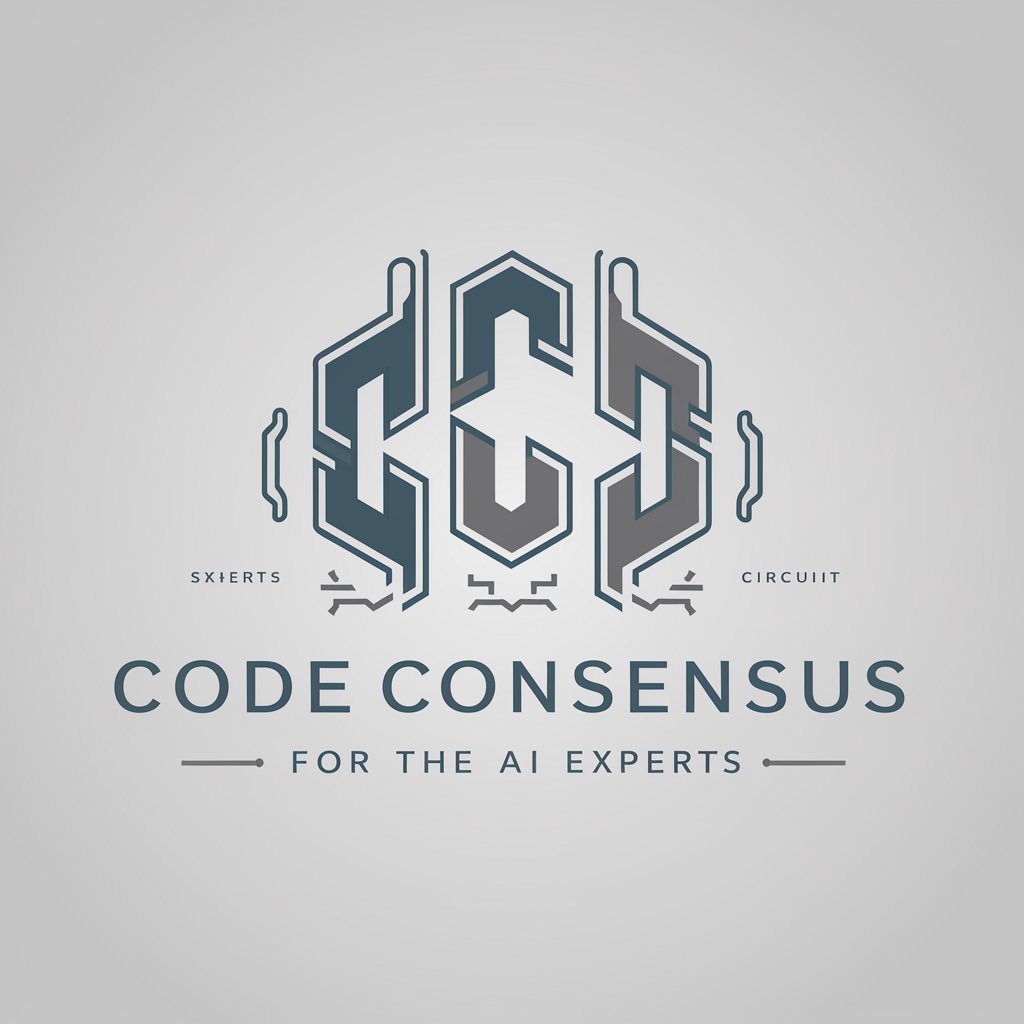
Life Reflection Deeper Meaning Coach Introspection
Empowering self-discovery through AI.

Reflection Writer
Enhance Reflections with AI Power

Interpret de vise
Unlock the secrets of your dreams with AI

Til: Translate, Interpret, Localize
Translating with precision, powered by AI.

Islam Dream Interpret
Unlocking the spiritual wisdom of dreams

Consensus GPT
Diverse perspectives at your fingertips.
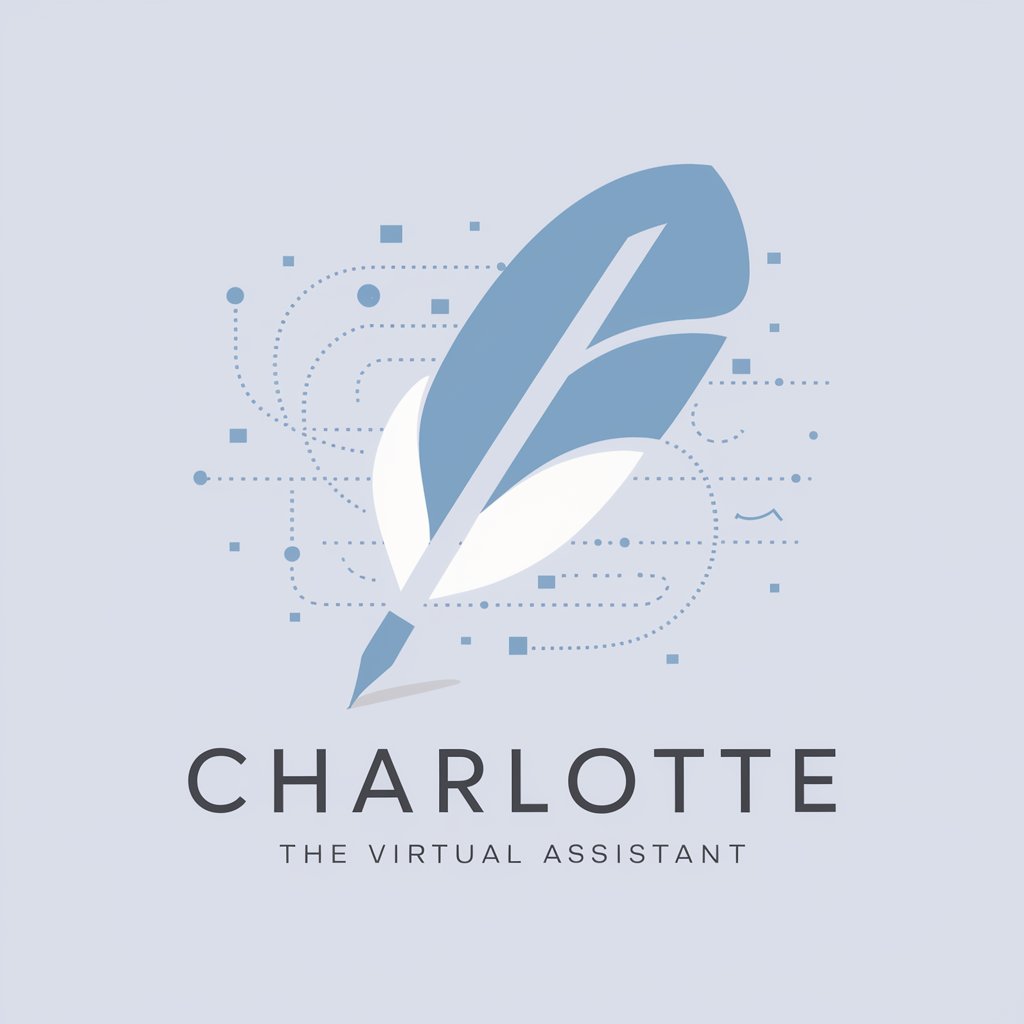
Enhanced Population Data Analyst
Empowering data analysis with AI

Population Genetics
Decoding Genetics with AI
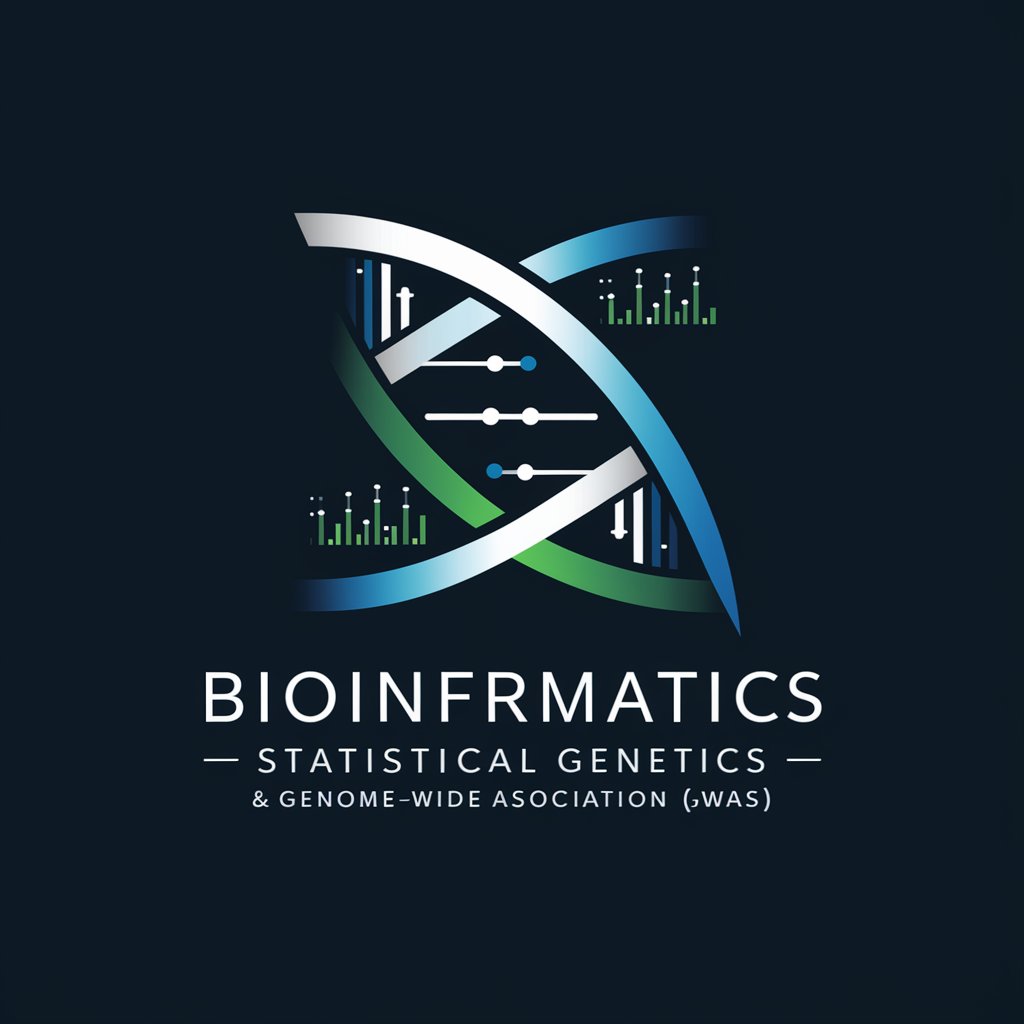
The Arranger
Empowering insight with AI intelligence
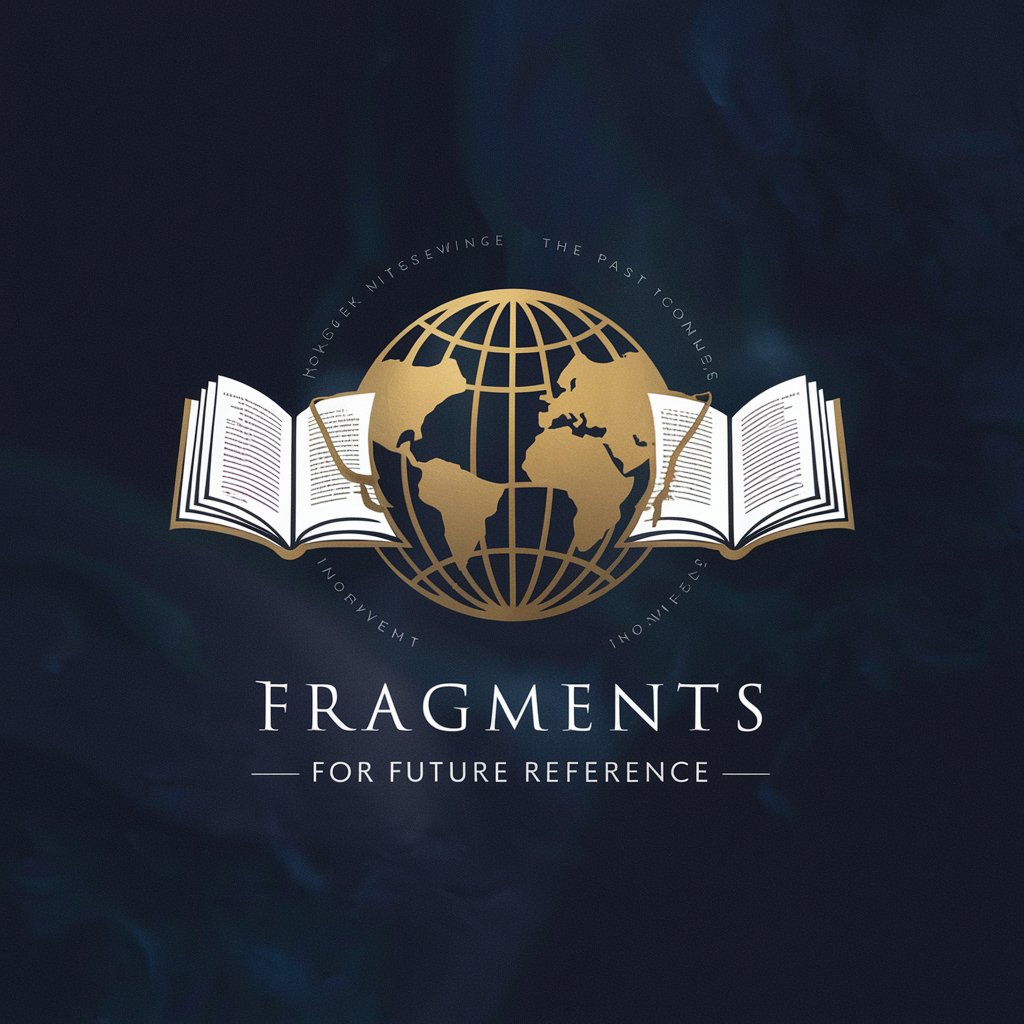
Arrange Act Assert
Streamline testing with AI-powered structuring.
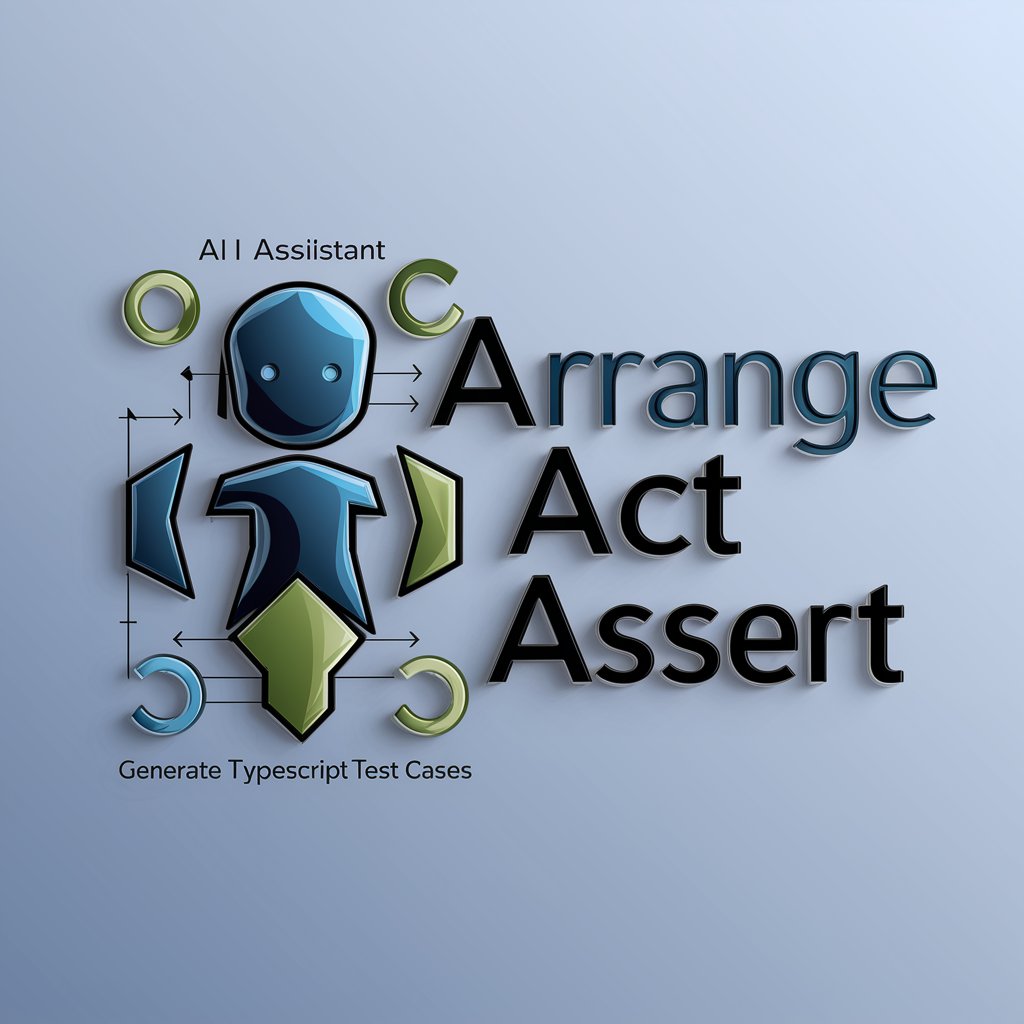
Music Arranger by M
AI-powered music composition and production enhancement.

Frequently Asked Questions about Response Letters for Consensus Papers
What is Response Letters for Consensus Papers?
It's a specialized tool designed to assist authors in crafting response letters to journal editors and reviewers, ensuring comprehensive and clear communication of manuscript revisions and responses to feedback.
How does the tool improve the revision process?
By systematically guiding authors through the reviewers' comments, offering suggestions for addressing each point, and helping in drafting a coherent and persuasive response letter, thereby increasing the chances of manuscript acceptance.
Can it handle multiple rounds of revision?
Yes, the tool is equipped to assist with multiple rounds of revision, allowing authors to track changes, responses, and reviewer feedback across the entire publication process.
Does it offer language and grammar support?
While its primary focus is on structuring and content clarity of response letters, it also provides guidance on language and grammar to ensure the response is professionally articulated.
Is it suitable for all academic disciplines?
Yes, the tool is designed to be versatile, supporting authors across various academic disciplines by focusing on the universal aspects of responding to peer review feedback.